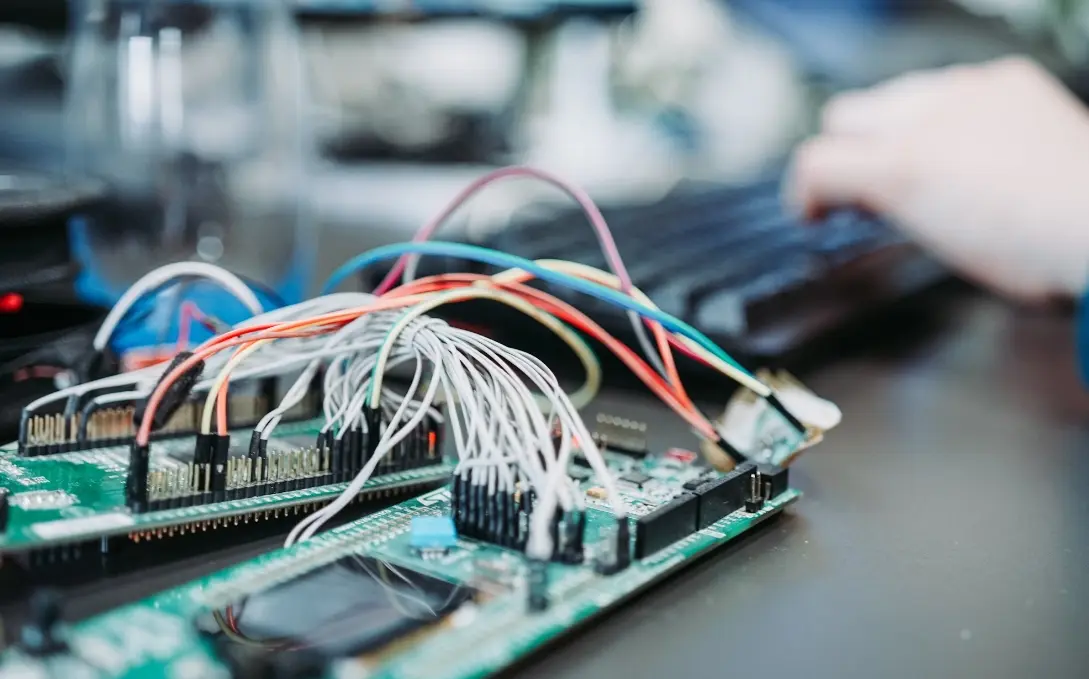
Walkie-Talkie FCC ID Certification Testing Standards
For products like walkie-talkies that are intended to be sold in the U.S. and other North American markets, the most common mandatory certification is the FCC certification, issued by the Federal Communications Commission (FCC). The main common certification standards for walkie-talkies according to the FCC include fcc part 15B, fcc part 90, FCC Part 95, and FCC OET65.
Among these, fcc part 15b mainly covers EMC (Electromagnetic Compatibility) testing. The testing procedure involves connecting the Equipment Under Test (EUT) to a spectrum analyzer through a sufficiently large attenuator, and setting an appropriate analysis bandwidth and measurement range for testing.

The FCC does not have specific limit requirements for this test. Generally, the power shoULd not exceed the product's rated power. In comparison, FCC Part 90 focuses on RF testing for professional walkie-talkies, while FCC Part 95 specifies the RF testing requirements for consumer walkie-talkies.
Regarding testing requirements for Specific Absorption Rate (SAR), the applicable standard is FCC OET65.
Audio Low-Frequency Filter Response Testing Limits:
a. For operating frequencies between 25MHz and 174MHz with a channel spacing of 20, 25, or 30 kHz, compliance is requiRED.
b. For operating frequencies between 406MHz and 512MHz with a channel spacing of 25 kHz, compliance is required.
c. For operating frequencies between 138MHz and 174MHz or 406MHz and 512MHz with a channel spacing of 12.5 or 15 kHz, compliance is required.
Additionally, it is important to note that the FCC certification for walkie-talkies may also involve testing requirements related to Specific Absorption Rate (SAR), which follows the FCC OET65 standard.
Email:hello@jjrlab.com
Write your message here and send it to us
 Differences Between FDA and LFGB for Food Contact
Differences Between FDA and LFGB for Food Contact
 Process and Precautions for Amazon CPC Certificate
Process and Precautions for Amazon CPC Certificate
 E-mark Certification Testing Service Laboratory
E-mark Certification Testing Service Laboratory
 Amazon ISO/IEC 17025 UL Testing Service Laboratory
Amazon ISO/IEC 17025 UL Testing Service Laboratory
 How to get CE Certification for Lighting Products?
How to get CE Certification for Lighting Products?
 CE Certification Standards & Process for Elect
CE Certification Standards & Process for Elect
 Japan METI Registration & Japanese Agent Servi
Japan METI Registration & Japanese Agent Servi
 Temperature Shock Test (IEC 60068-2-14:2009)
Temperature Shock Test (IEC 60068-2-14:2009)
Leave us a message
24-hour online customer service at any time to respond, so that you worry!




